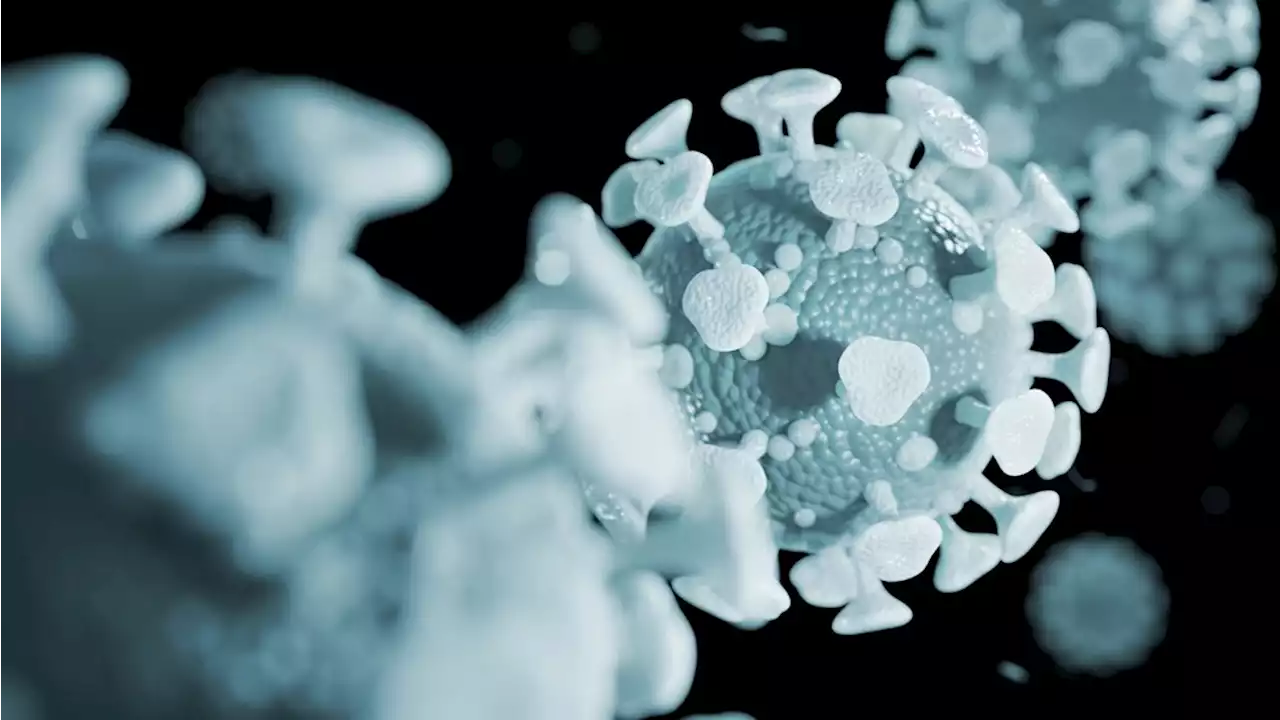Neonatal mice-based model established that allows for the transmission of clinical SARS-CoV-2 isolates biorxivpreprint nyugrossman UMmedschool SARSCoV2 COVID19 coronavirus covid transmission
By Pooja Toshniwal PahariaOct 7 2022Reviewed by Danielle Ellis, B.Sc. In a recent study posted to the bioRxiv* preprint server, researchers established a neonatal mice model that enabled severe acute respiratory syndrome coronavirus 2 transmission.
About the study In the present study, researchers extended their previous analysis and presented a K18-human angiotensin-converting enzyme 2 -expressing neonate mice model that transmitted SARS-CoV-2 and examined previously and currently circulating SARS-CoV-2 VOC transmission. Immunohistochemistry analysis was performed on the nasopharyngeal tissues of index pups, stained for SARS-CoV-2 nucleocapsid protein. Infectious SARS-CoV-2 particles in retrotracheal lavages and lung homogenates were measured to assess viral tropism for the URT and lower respiratory tract , respectively. The cytokines present in the URT shedding samples of SARS-CoV-2-infected neonatal mice were also analyzed.
By four dpi, SARS-CoV-2 particles were shed by all the contact pups, representing 100% efficiency of WA-1 transmission and SARS-CoV-2 detection in the neonate mice shedding samples indicated robust SARS-CoV-2 infection in the upper airways. In addition, SARS-CoV-2-infected cells were identified in the upper olfactory epithelial cells, indicative of WA-1 replication in the URT.
Brasil Últimas Notícias, Brasil Manchetes
Similar News:Você também pode ler notícias semelhantes a esta que coletamos de outras fontes de notícias.
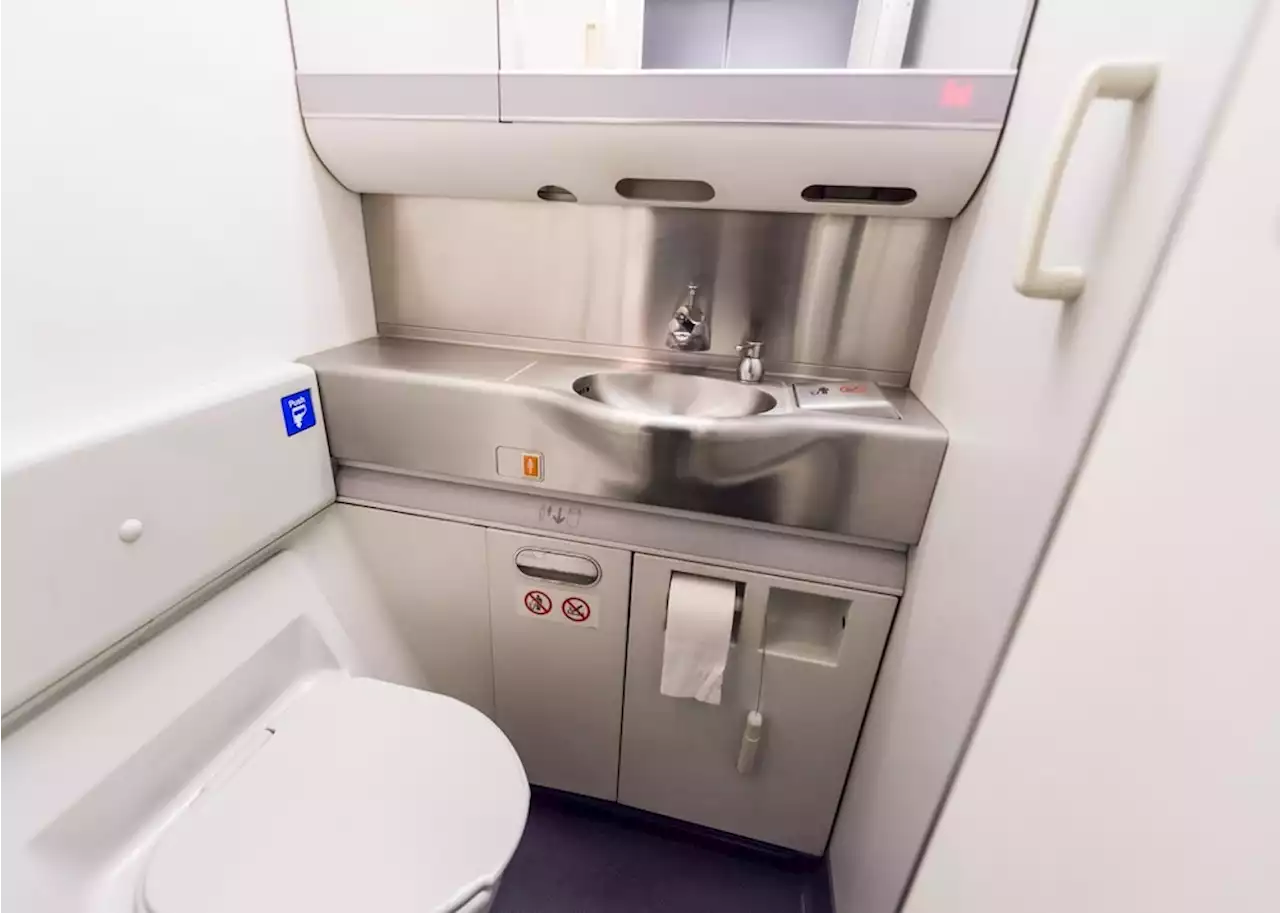 Can surveillance of SARS-CoV-2 be conducted through aircraft wastewater analysis?Can surveillance of SARS-CoV-2 be conducted through aircraft wastewater analysis? BangorUni MurdochUni StudentsNCL cardiffuni SARSCoV2 COVID19 coronavirus covid wastewater
Can surveillance of SARS-CoV-2 be conducted through aircraft wastewater analysis?Can surveillance of SARS-CoV-2 be conducted through aircraft wastewater analysis? BangorUni MurdochUni StudentsNCL cardiffuni SARSCoV2 COVID19 coronavirus covid wastewater
Consulte Mais informação »
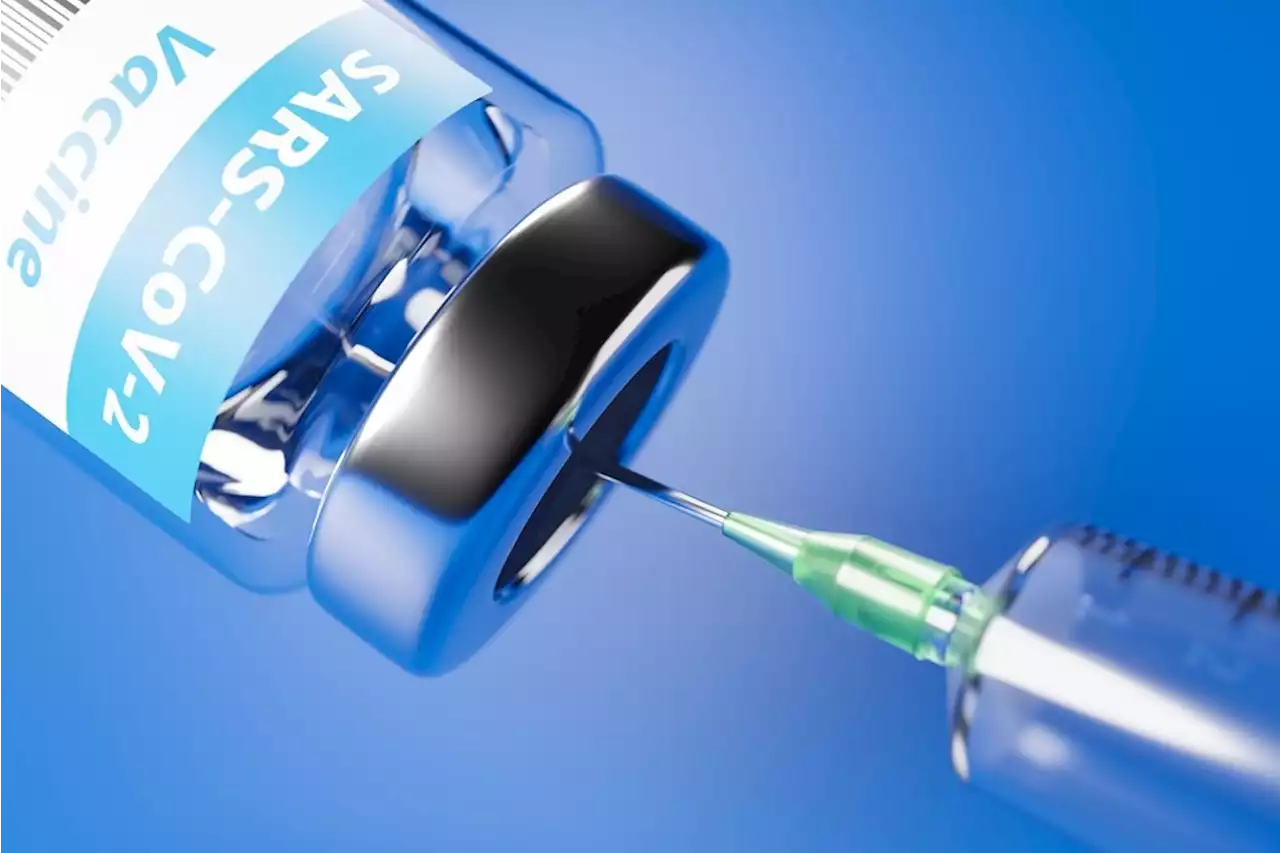 Key biophysical attributes of a self-amplifying viral RNA vaccine developed for SARS-CoV-2Researchers used various analytical characterization techniques to determine the biophysical attributes of the Imperial College London self-amplifying viral RNA vaccine (IMP-1) developed for SARS-CoV-2.
Key biophysical attributes of a self-amplifying viral RNA vaccine developed for SARS-CoV-2Researchers used various analytical characterization techniques to determine the biophysical attributes of the Imperial College London self-amplifying viral RNA vaccine (IMP-1) developed for SARS-CoV-2.
Consulte Mais informação »
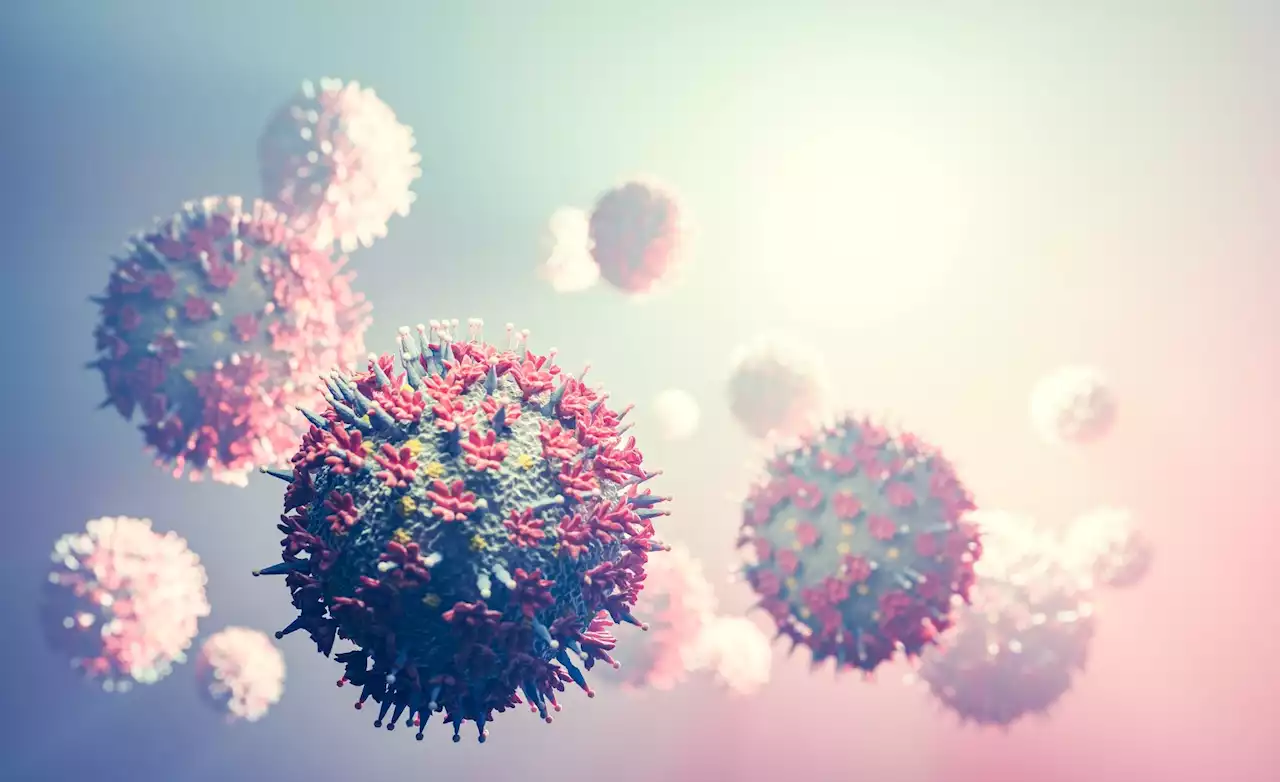 Three-dimensional in vitro model to reproduce COVID-19-induced endothelial dysfunctionThree-dimensional in vitro model to reproduce COVID-19-induced endothelial dysfunction biorxivpreprint UTAustin COVID19 SARSCoV2 EndothelialDysfunction
Three-dimensional in vitro model to reproduce COVID-19-induced endothelial dysfunctionThree-dimensional in vitro model to reproduce COVID-19-induced endothelial dysfunction biorxivpreprint UTAustin COVID19 SARSCoV2 EndothelialDysfunction
Consulte Mais informação »
 Study suggests an immunological benefit of combining previous natural infection with vaccination against COVID-19 using a combination of different vaccine platformsStudy suggests an immunological benefit of combining previous natural infection with vaccination against COVID-19 using a combination of different vaccine platforms PLOSPathogens imperialcollege ImperialNHLI immunology infection
Study suggests an immunological benefit of combining previous natural infection with vaccination against COVID-19 using a combination of different vaccine platformsStudy suggests an immunological benefit of combining previous natural infection with vaccination against COVID-19 using a combination of different vaccine platforms PLOSPathogens imperialcollege ImperialNHLI immunology infection
Consulte Mais informação »
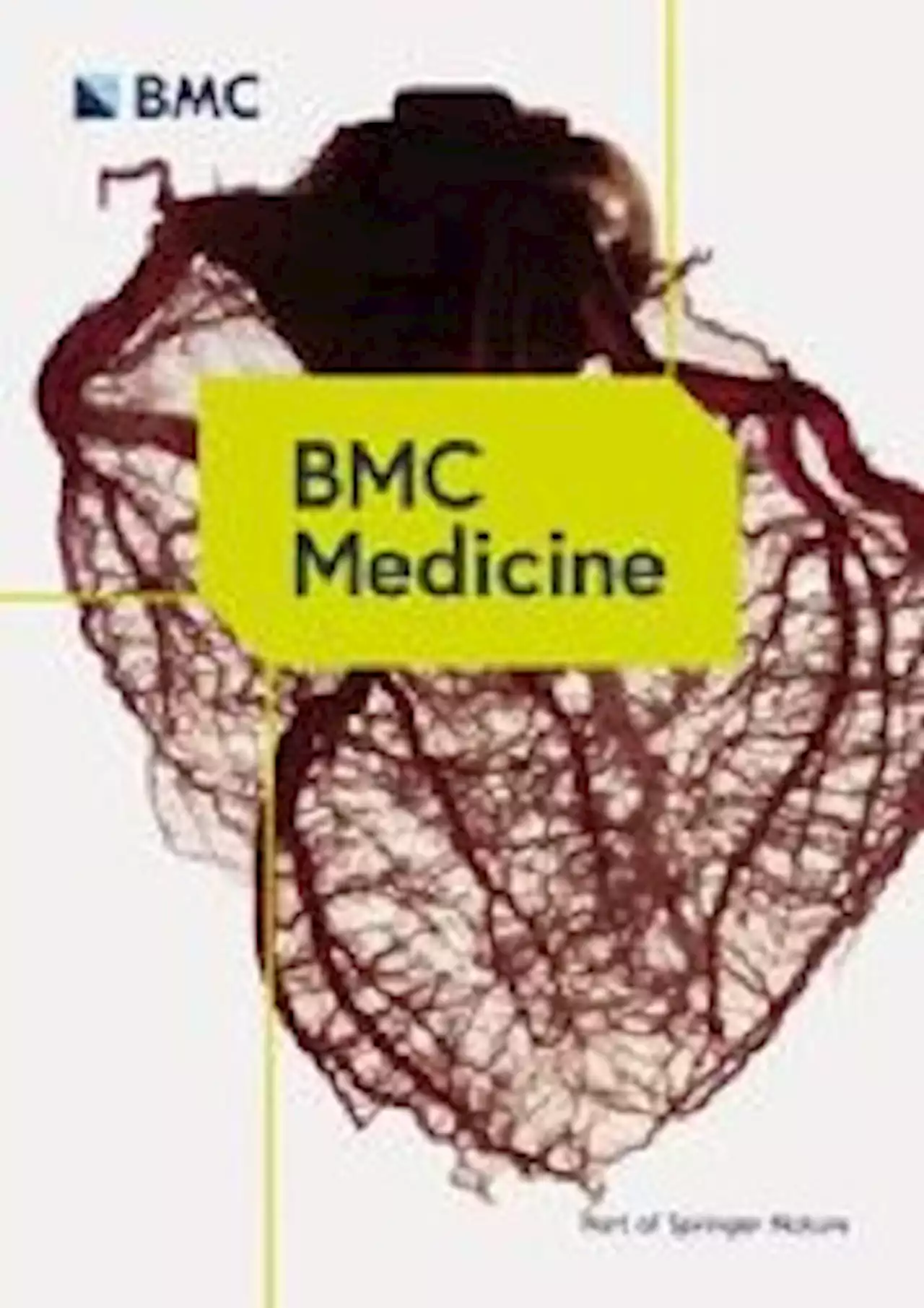 Probing SARS-CoV-2-positive plasma to identify potential factors correlating with mild COVID-19 in Ghana, West Africa - BMC MedicineBackground West Africa has recorded a relatively higher proportion of asymptomatic coronavirus disease 2019 (COVID-19) cases than the rest of the world, and West Africa-specific host factors could play a role in this discrepancy. Here, we assessed the association between COVID-19 severity among Ghanaians with their immune profiles and ABO blood groups. Methods Plasma samples were obtained from Ghanaians PCR-confirmed severe acute respiratory syndrome coronavirus 2 (SARS-CoV-2)-positive individuals. The participants were categorized into symptomatic and asymptomatic cases. Cytokine profiling and antibody quantification were performed using Luminex™ multiplex assay whereas antigen-driven agglutination assay was used to assess the ABO blood groups. Immune profile levels between symptomatic and asymptomatic groups were compared using the two-tailed Mann-Whitney U test. Multiple comparisons of cytokine levels among and between days were tested using Kruskal-Wallis with Dunn’s post hoc test. Correlations within ABO blood grouping (O’s and non-O’s) and between cytokines were determined using Spearman correlations. Logistic regression analysis was performed to assess the association of various cytokines with asymptomatic phenotype. Results There was a trend linking blood group O to reduced disease severity, but this association was not statistically significant. Generally, symptomatic patients displayed significantly (p | 0.05) higher cytokine levels compared to asymptomatic cases with exception of Eotaxin, which was positively associated with asymptomatic cases. There were also significant (p | 0.05) associations between other immune markers (IL-6, IL-8 and IL-1Ra) and disease severity. Cytokines’ clustering patterns differ between symptomatic and asymptomatic cases. We observed a steady decrease in the concentration of most cytokines over time, while anti-SARS-CoV-2 antibody levels were stable for at least a month, regardless of the COVID-19 status. Conclusions The findin
Probing SARS-CoV-2-positive plasma to identify potential factors correlating with mild COVID-19 in Ghana, West Africa - BMC MedicineBackground West Africa has recorded a relatively higher proportion of asymptomatic coronavirus disease 2019 (COVID-19) cases than the rest of the world, and West Africa-specific host factors could play a role in this discrepancy. Here, we assessed the association between COVID-19 severity among Ghanaians with their immune profiles and ABO blood groups. Methods Plasma samples were obtained from Ghanaians PCR-confirmed severe acute respiratory syndrome coronavirus 2 (SARS-CoV-2)-positive individuals. The participants were categorized into symptomatic and asymptomatic cases. Cytokine profiling and antibody quantification were performed using Luminex™ multiplex assay whereas antigen-driven agglutination assay was used to assess the ABO blood groups. Immune profile levels between symptomatic and asymptomatic groups were compared using the two-tailed Mann-Whitney U test. Multiple comparisons of cytokine levels among and between days were tested using Kruskal-Wallis with Dunn’s post hoc test. Correlations within ABO blood grouping (O’s and non-O’s) and between cytokines were determined using Spearman correlations. Logistic regression analysis was performed to assess the association of various cytokines with asymptomatic phenotype. Results There was a trend linking blood group O to reduced disease severity, but this association was not statistically significant. Generally, symptomatic patients displayed significantly (p | 0.05) higher cytokine levels compared to asymptomatic cases with exception of Eotaxin, which was positively associated with asymptomatic cases. There were also significant (p | 0.05) associations between other immune markers (IL-6, IL-8 and IL-1Ra) and disease severity. Cytokines’ clustering patterns differ between symptomatic and asymptomatic cases. We observed a steady decrease in the concentration of most cytokines over time, while anti-SARS-CoV-2 antibody levels were stable for at least a month, regardless of the COVID-19 status. Conclusions The findin
Consulte Mais informação »
